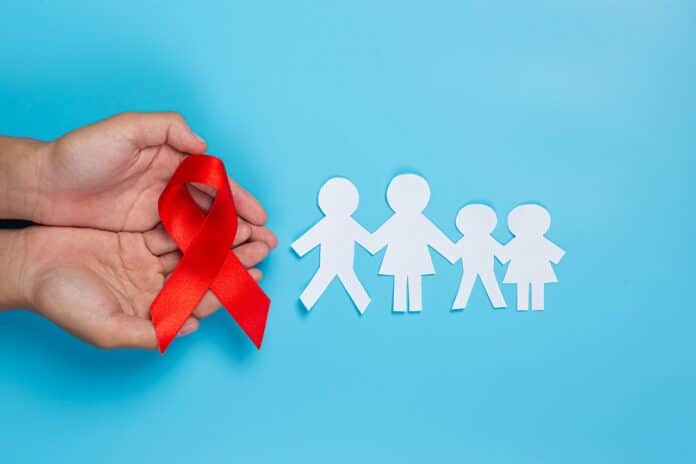In groundbreaking research conducted at Oregon Health & Science University (OHSU), promising clues have emerged that offer the potential for a widespread cure for HIV in individuals. This groundbreaking study has shed light on new avenues of research and treatment that may pave the way for a significant breakthrough in combating the HIV epidemic. With these exciting findings, there is renewed hope for a future where HIV can be effectively eliminated from people’s lives worldwide.
The study’s findings offer significant progress toward developing a potential widespread cure for the virus responsible for AIDS, which has affected approximately 38 million people globally.
The OHSU-led study highlights successfully eliminating the simian form of HIV in two nonhuman primates following stem cell transplantation.
It also elucidates the essential conditions necessary for a cure to take place. It outlines the sequence in which HIV is eradicated from the body. These crucial details hold the potential to advance efforts toward making this cure accessible to a broader population.
According to Jonah Sacha, Ph.D., the Oregon Health & Science University (OHSU) lead researcher, five patients have already shown evidence of being cured of HIV. The ongoing study aims to unravel the underlying mechanisms responsible for achieving this cure.
The findings are expected to contribute to developing a universal cure that can be administered through a single injection, eliminating the need for a stem cell transplant. Sacha expressed hope that their discoveries will pave the way for an accessible and efficient cure for HIV.
A new study has shown that stem cell transplants can cure HIV in nonhuman primates. The study at Oregon Health & Science University (OHSU) found that two of four macaques receiving stem cell transplants from HIV-negative donors were cured of the virus after being treated for graft-versus-host disease.
The study’s findings offer hope for the development of a cure for HIV in humans. However, it is important to note that stem cell transplants are risky and not currently viable for most people living with HIV.
The study’s authors believe that stem cell transplants were able to cure the macaques of HIV by providing them with a new immune system that was resistant to the virus. The transplants also appeared to clear the virus from the macaques’ latent reservoirs, which are areas of the body where the virus can hide and remain dormant.
The study’s findings are a significant step forward in the search for a cure for HIV. However, more research is needed to determine whether stem cell transplants can safely and effectively cure HIV in humans.
Grants from the National Institutes of Health, the Foundation for AIDS Research, and the Foundation for AIDS Immune Research funded the study.
Notably, Dr. Jonah Sacha has a significant financial interest in CytoDyn. This company may have a commercial interest in the research results and technology. OHSU actively manages and regulates such relationships to ensure research integrity and transparency.
Journal Reference:
- Helen L. Wu, Kathleen Busman-Sahay, et al. Allogeneic immunity clears latent virus following allogeneic stem cell transplantation in SIV- infected ART-suppressed macaques. Immunity. DOI:10.1016/j.immuni.2023.04.019
